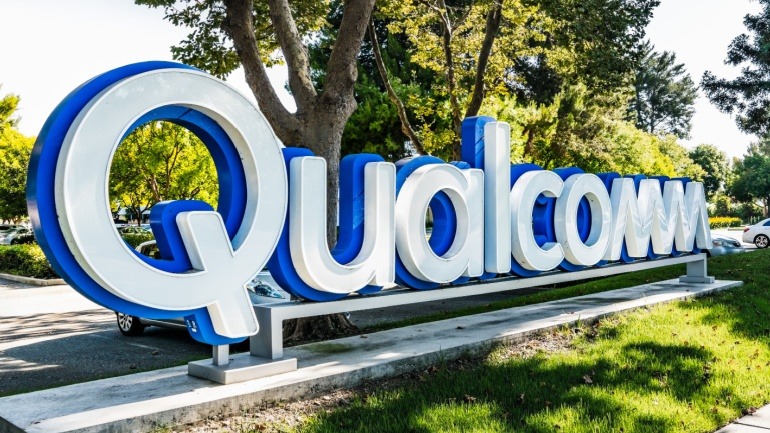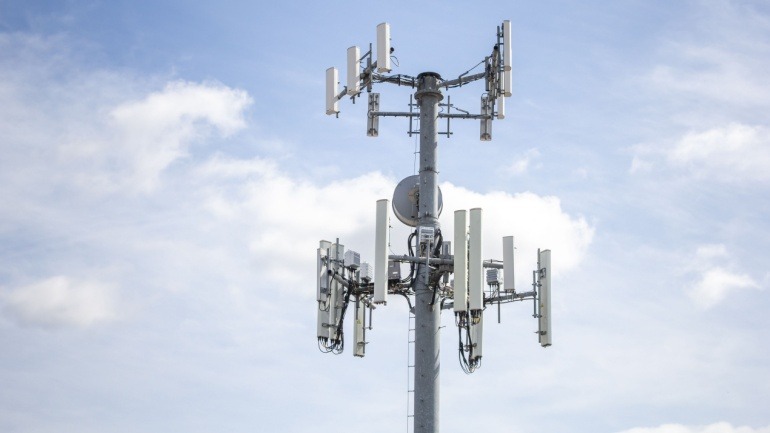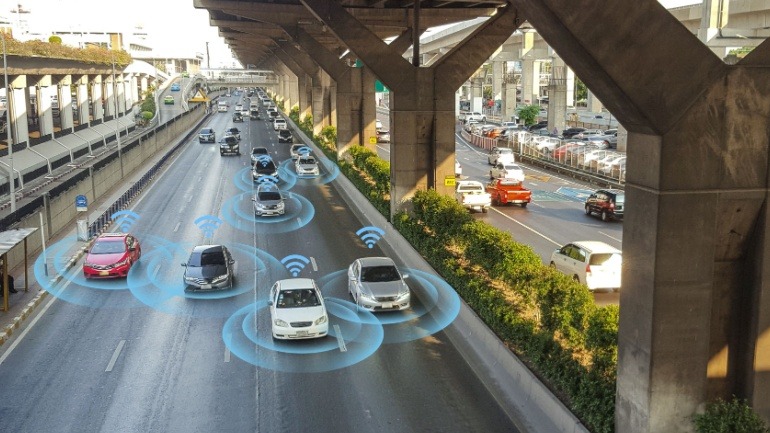T-Mobile US is transforming into a dynamic tech company through a partnership with Red Hat’s OpenShift Platform. This shift enhances T-Mobile’s private cloud capabilities and operational efficiency.
Telefónica has selected Nokia to supply 4G and 5G core network services for enterprises in Spain, enhancing low-latency solutions like industrial robots and IoT. Simultaneously, Telefónica is advancing its quantum strategy with the BasQ Alliance, hosting Fujitsu’s Digital Annealer to drive innovation in finance, energy, and telecom.
Honeywell, a major US industrial conglomerate, plans to split into three independent companies to enhance focus and agility. This reconfiguration will potentially elevate Honeywell’s market position, mirroring GE’s previous division.
Kyndryl is integrating Palo Alto Networks’ AI-driven security into its SASE offering, enhancing cloud-based network security with zero-trust principles. By modernizing IT infrastructure and reducing reliance on on-premise systems, Kyndryl aims to streamline operations and bolster cybersecurity.
Qualcomm’s record Q1 2025 financial performance showcases substantial growth in its QCT business, with notable rises in handsets, automotive, and IoT sectors. This success also highlights Qualcomm’s strategic focus on edge AI technology, enhancing AI inference efficiency across Snapdragon-powered devices.
SK Telecom has joined the MIT Generative AI Impact Consortium to explore AI’s societal and industrial impacts. Partnering with global leaders like OpenAI and Tata Group, SK Telecom aims to drive AI innovation in ICT, semiconductors, and energy.
SailGP and Ericsson’s partnership marks a transformative era in competitive sailing by leveraging private 5G technology. The deployment of Ericsson’s network and edge routers enables unprecedented data collection during races, enhancing both fairness and excitement.
Oracle and Starlink have partnered to enhance Oracle’s Enterprise Communications Platform with high-speed satellite connectivity. This integration enables secure, real-time data flow for industries like healthcare and construction, even in remote areas.
Indosat partners with Xanh SM to revolutionize Indonesia’s electric vehicle sector. By integrating IoT and analytics into Xanh SM’s fleet, Indosat enhances taxi operation and customer experience.
China-based Sequans Communications recently expanded by acquiring Swiss company ACP, strengthening its ambitions in the rapidly growing 5G RedCap sector. This strategic acquisition enhances Sequans’ capabilities to capture the expanding eRedCap market.













